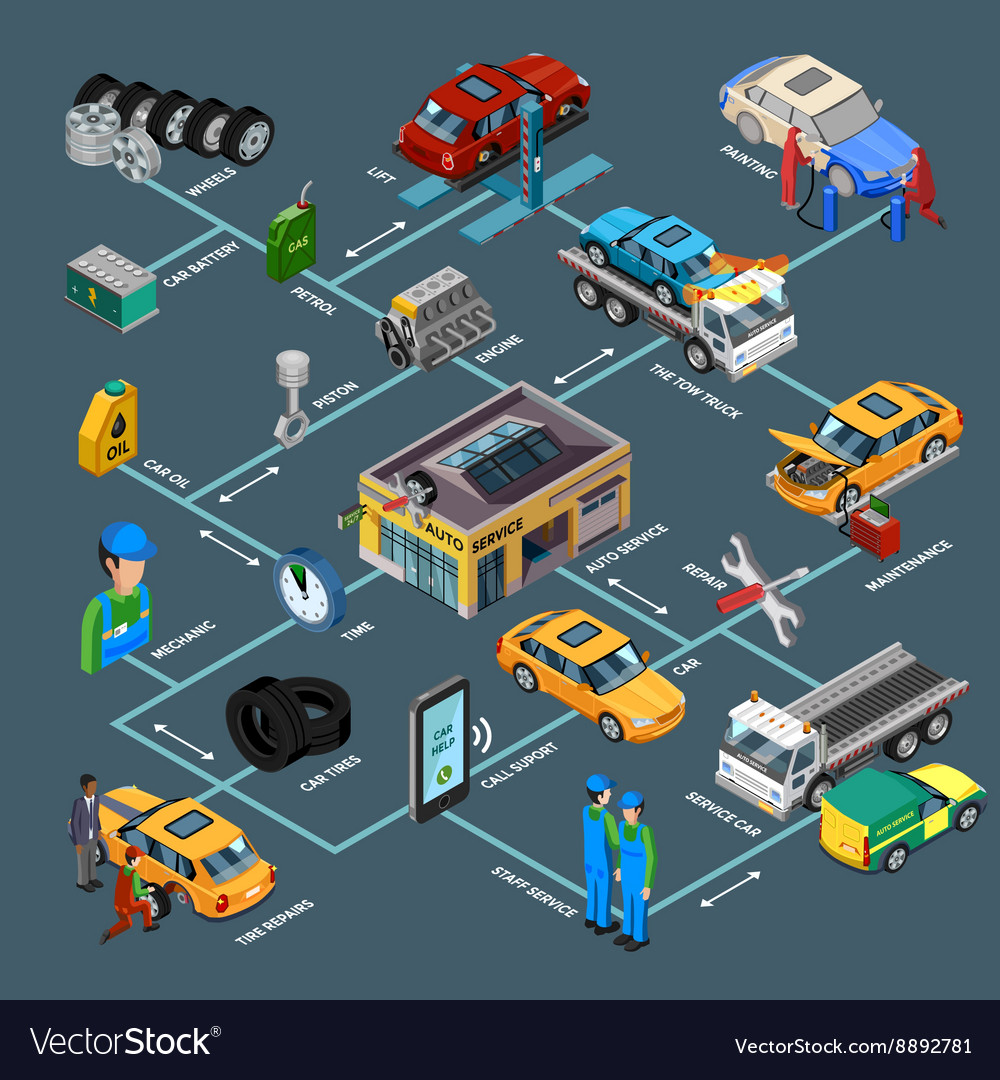Deciphering Your Vehicle'S Caution Indicators: What They Genuinely Represent
Deciphering Your Vehicle'S Caution Indicators: What They Genuinely Represent
Blog Article
Content Develop By-Sykes Kejser
When you're behind the wheel, those glowing warning lights on your dashboard can be a little bit bewildering. Do you understand what they're trying to tell you regarding your auto's health and wellness? Recognizing the importance of these lights is vital for your security and the durability of your vehicle. So, the next time one of those lights appears, would not you wish to decode its message properly and take the required steps to resolve it?
Common Caution Lights and Interpretations
Identify common warning lights in your auto and recognize their meanings to ensure risk-free driving.
The most common caution lights consist of the check engine light, which signifies problems with the engine or discharges system. If this light begins, it's crucial to have your lorry examined quickly.
The oil pressure alerting light suggests low oil stress, calling for instant interest to avoid engine damages.
A flashing battery light may suggest a defective billing system, potentially leaving you stranded otherwise dealt with.
The tire pressure monitoring system (TPMS) light alerts you to reduced tire pressure, affecting vehicle stability and fuel efficiency. Ignoring this might result in hazardous driving problems.
The abdominal muscle light indicates a problem with the anti-lock stopping system, jeopardizing your capability to quit rapidly in emergencies.
Last but not least, the coolant temperature level warning light warns of engine overheating, which can cause serious damages if not solved swiftly.
Recognizing these typical warning lights will certainly aid you attend to problems promptly and preserve safe driving conditions.
Significance of Prompt Focus
Understanding the common caution lights in your auto is just the initial step; the significance of immediately addressing these warnings can not be emphasized enough to ensure your safety when traveling.
When https://oil-change-places61605.howeweb.com/31803142/prepared-on-your-own-to-delve-into-the-world-of-automobile-repair-work-where-surprising-understandings-wait-for-that-will-improve-your-viewpoint-you-ll-be-shocked-by-what-has-actually-escaped-your-notification illuminates on your control panel, it's your automobile's method of interacting a prospective issue that needs attention. Neglecting these warnings can lead to more extreme issues down the road, compromising your safety and potentially costing you more in repairs.
Motivate focus to warning lights can avoid breakdowns and crashes. For vehicle cleaning near me , a blinking check engine light could indicate a misfire that, if left ignored, might trigger damage to the catalytic converter. Resolving this immediately can conserve you from a pricey repair service.
In a similar way, a brake system alerting light might indicate low brake liquid or worn brake pads, critical elements for your safety and security when driving.
DIY Troubleshooting Tips
If you discover a warning light on your control panel, there are a couple of DIY repairing ideas you can try prior to seeking professional aid.
The first step is to consult your car's manual to comprehend what the certain warning light suggests. Sometimes the concern can be as simple as a loosened gas cap causing the check engine light. Tightening up the gas cap might deal with the problem.
One more common issue is a low battery, which can trigger different warning lights. Checking https://brake-shop-near-me61616.mdkblog.com/36947686/the-ten-most-important-tips-for-identifying-the-right-auto-repair-shop-near-to-you for rust and guaranteeing they're safe may take care of the trouble.
If a caution light lingers, you can attempt resetting it by disconnecting the auto's battery for a few minutes and after that reconnecting it. Additionally, examining your automobile's liquid levels, such as oil, coolant, and brake liquid, can aid fix warning lights associated with these systems.
Final thought
In conclusion, comprehending your car's warning lights is crucial for keeping your automobile running smoothly and safely. By promptly dealing with these informs and understanding what they imply, you can prevent expensive repairs and prospective failures.
Remember to consult your auto's guidebook for particular details on each alerting light and do something about it as necessary to guarantee a hassle-free driving experience.
Remain informed, stay secure when driving!
